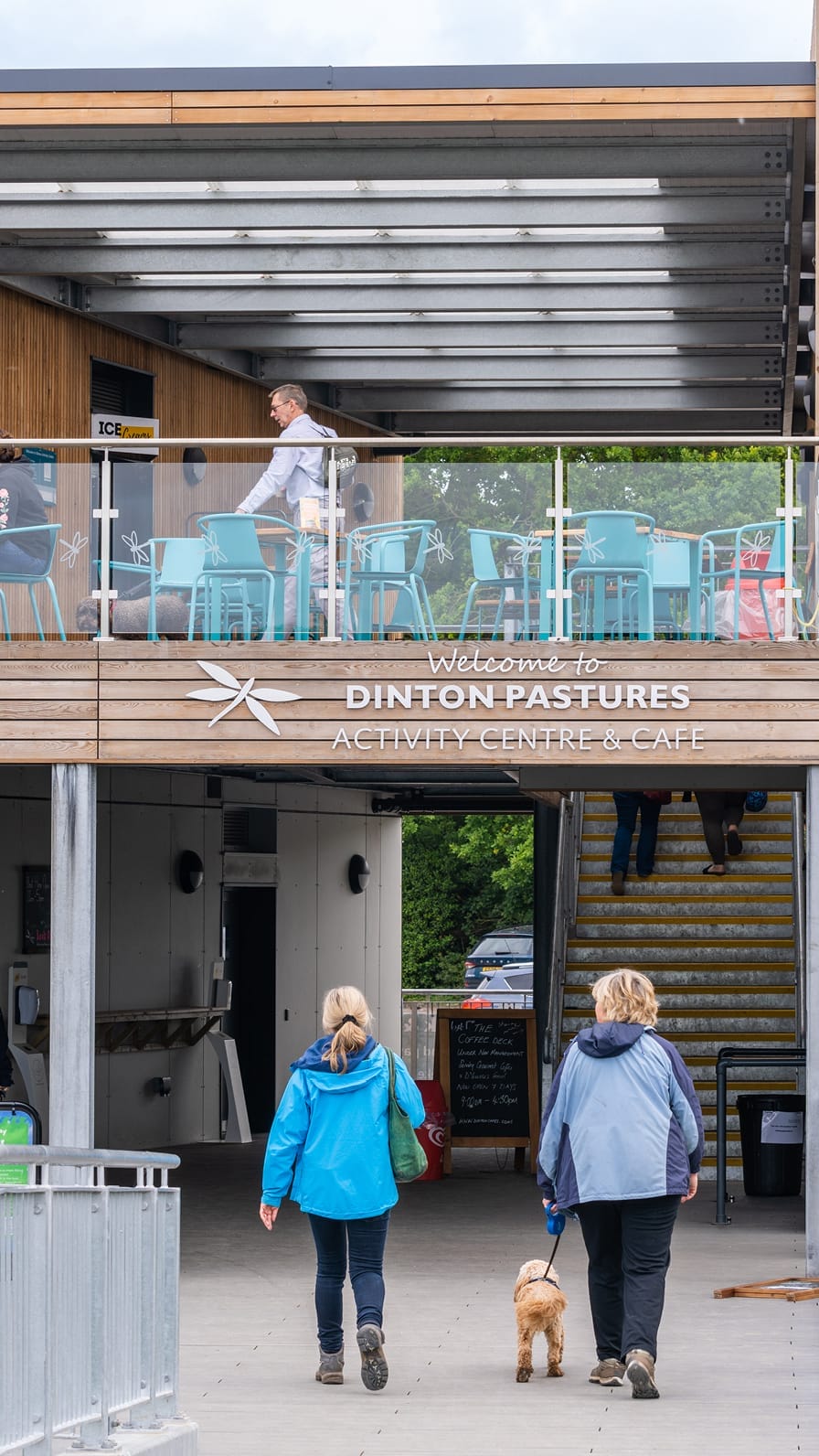
Hannah Gardner, Architect in the HLM Architects London studio, is an ambassador for Design for Manufacture and Assembly (DfMA). She is specifically interested in how DfMA can enhance user experience through the creation of healthy spaces which promote wellbeing. Here, Hannah looks at Dinton Activity Centre and Addington Sixth Form as project examples.
When architects Design for Manufacture and Assembly, there are also clear benefits to communities and the individuals within them – the social principle of the three sustainability pillars.
Economic, Environmental and Social are the three pillars which must be holistically considered to create truly sustainable developments. DfMA, and the resulting use of MMC, provides a route to achieving each of these pillars – and that’s why I believe it’s the future of construction.
MMC is often considered in terms of the efficiencies brought to construction projects which can be tangibly demonstrated; hours onsite saved; costs saved due to better quality finishes and lower labour costs; and reduced material wastage. However, when architects Design for Manufacture and Assembly, there are also clear benefits to communities and the individuals within them – the social principle of the three sustainability pillars.
Designing with quality in mind
Firstly, the quality of build provided by offsite fabrication of components is a big factor in the improved experience of users. Our designs for both Addington Sixth Form and Dinton Activity Centre utilized modular construction, benefitting from high levels of quality control due to the factory setting for manufacture. The greater control over prefabricated modules improves the levels of air-tightness, minimizing heat loss and therefore creating better regulation of the internal environment. Addington Sixth Form is an SEN facility, and the heightened consistency of internal comfort is a benefit to the pupils, who can be sensitive to changing surroundings. Both projects also use natural materials as a significant proportion of the build, which are proven to improve the environment for users. Dinton Activity Centre’s Siberian larch cladding compliments the natural surroundings of Dinton Pastures Country Park, and was selected due to its durability and how it softens in appearance as it weathers over time.


Reduced traffic emissions and trades onsite greatly benefitted both Dinton Activity Centre and Addington Sixth Form.
Less deliveries = reduced disruption and emissions
Secondly, due to the nature of DfMA in using offsite-manufactured components, on average 80% fewer deliveries are needed than traditional construction[1], helping to reduce traffic emissions and trades onsite. This greatly benefitted both projects, due to their locations. Addington Sixth Form was constructed within a live school campus, and Dinton Activity Centre sits within a vibrant and well-used community park. Minimised disruption enabled both sites to remain operational throughout the project programmes, and created less traffic and noise for the surrounding communities.
More diverse options for employment in construction
Finally, DfMA provides an improved, more diverse working environment for the construction trade. Through minimized onsite construction, sites are safer and result in fewer deaths and injuries, with factories safety standards much easier to achieve than on construction sites. Additionally, DfMA and MMC open more varied roles within the industry, with growing opportunities offering more digital and technology-based roles as new methods and approaches are developed.
There are multiple, further benefits to architects using DfMA, which we discuss in previous and upcoming articles – and more to be realized, as we see increased uptake of this approach. What is already clear is that projects that use DfMA – such as the examples mentioned here – provide clear benefits for not only the economy and the environment, but also residents and communities – proving that DfMA can provide truly sustainable projects.
[1] Cost comparison: Pros and cons of volumetric construction in housing | Features | Building



